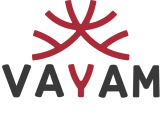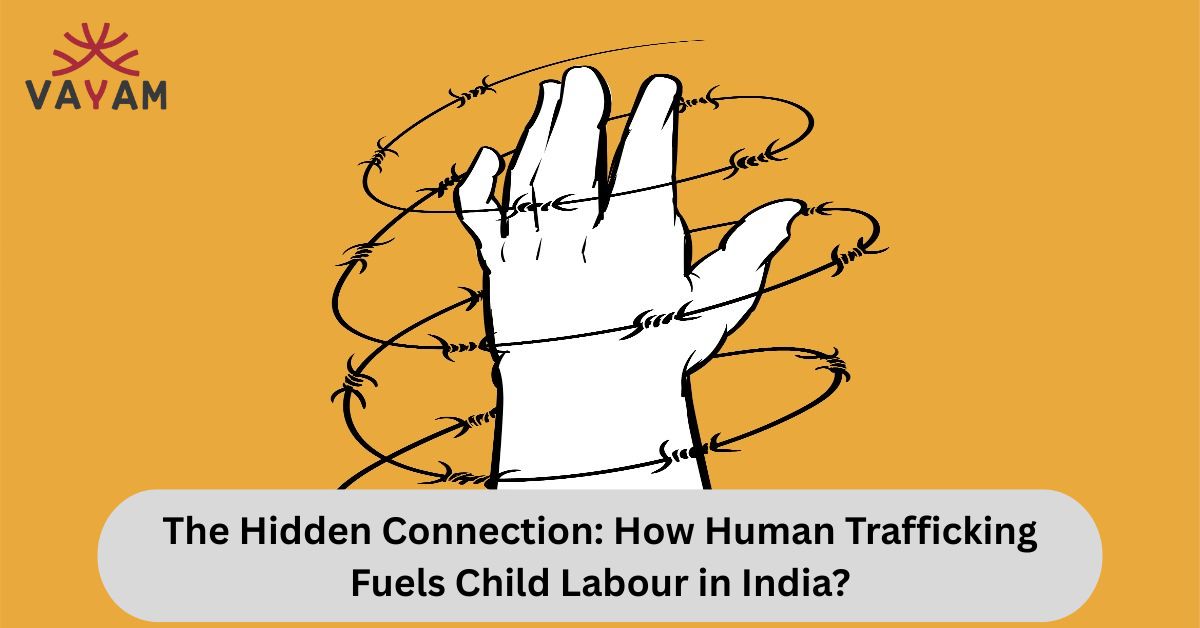
Have you ever seen a young child serving tea at a roadside stall or working on a construction site and felt a pang of unease? We often see these situations and label them as “child labour.” But what if I told you there’s often a darker, more terrifying story behind that child’s presence? A story that begins with deception and ends in exploitation.
Many of us think of human trafficking and child labour as two separate problems. The reality is, they are deeply connected. Human trafficking is often the very pipeline that feeds the insatiable demand for cheap, controllable labour, and its primary victims are children.
Understanding this link is the first step toward breaking the chains that hold millions of our children captive. This isn’t just a distant problem; it affects the fabric of our society, and we all have a role to play in stopping it.
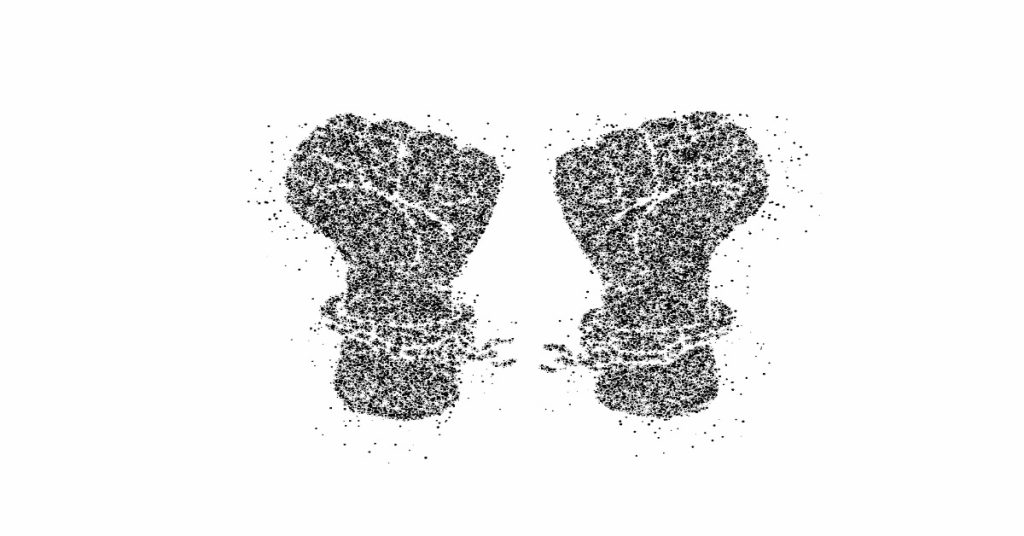
First, Let’s Be Clear: What Are We Talking About?
Before we connect the dots, it’s important to understand what each term means on its own.
What Exactly is Human Trafficking?
Human trafficking isn’t just about moving people across borders. It is the recruitment, transportation, or harboring of people through force, fraud, or coercion for the purpose of exploitation.
The key here is the method and the intent. A trafficker might use violence, make false promises of a good job, or trick a vulnerable person into a situation they cannot escape. The goal is always to exploit them for profit.
And What is Child Labour?
Child labour is not every child who helps their family with chores. The term refers to work that is mentally, physically, or morally dangerous and harmful to children. Most importantly, it is work that interferes with their schooling by depriving them of the opportunity to attend class, forcing them to leave school prematurely, or requiring them to combine school with excessively long and heavy work.
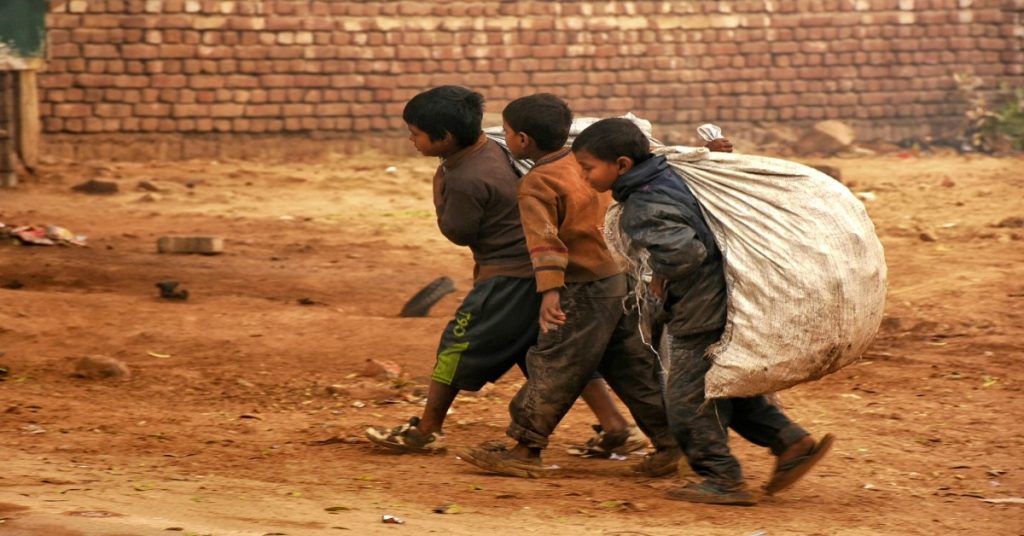
The Unbreakable Chain: How Trafficking Leads to Child Labour?
So, how does a child from a small, remote village end up as a labourer in a bustling city factory hundreds of kilometers away? It happens through a calculated and cruel process.
1. Targeting the Vulnerable
Traffickers are predators who hunt for vulnerability. They target families living in extreme poverty, those affected by natural disasters, or those belonging to marginalized communities with little access to education or stable jobs. They approach parents who are desperate to provide a better life for their children.
This is a major pain point for countless families. A parent wants their child to eat well and have a future. The trafficker arrives appearing as a savior.
2. The Lure of False Promises
The trafficker’s primary weapon is deception. They paint a picture of a bright future. Common promises include:
- “I’ll get your son a good job in the city. He’ll earn 5,000 rupees a month and send it all home.”
- “We will enroll your daughter in a good city school. She will just have to do light housework in a safe family home.”
- “There’s a big festival coming up, and they need extra workers for a few weeks. It’s good money.”
For a parent struggling to put food on the table, these offers sound like a lifeline. They hand over their child, believing they are securing their future.
3. The Trap of Debt Bondage
Once the child is taken, the story changes. The trafficker often tells the child or the family that they now owe a “debt” for the cost of transportation, food, and job placement. This debt is designed to be impossible to repay. The child is then forced to work to pay it off, a form of modern-day slavery known as debt bondage. Their meager earnings, if any, go directly to the trafficker, and the child is told the debt is only growing.
The child is now trapped, isolated from their family, and completely under the control of their exploiter. The promised job turns into grueling 12–16-hour workdays in dangerous conditions.
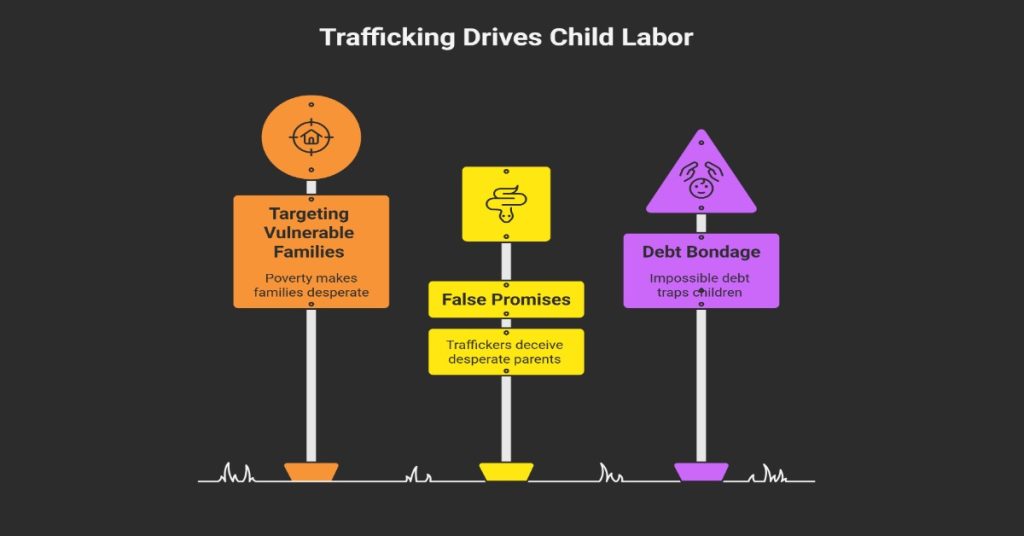
Where Are These Children Forced to Work?
Trafficked children are found in almost every sector of the informal economy. They are hidden in plain sight. Some of the most common industries include:
- Garment and Textile Factories: Working on stitching and embroidery in hazardous, unventilated rooms.
- Brick Kilns: Performing back-breaking labour in extreme heat, exposed to toxic fumes.
- Agriculture: Working on large farms, especially for crops like sugarcane and cotton, often exposed to dangerous pesticides.
- Domestic Help: Working as servants in urban homes, where they are often invisible to the outside world and highly susceptible to abuse.
- Small Roadside Restaurants (Dhabas): Washing dishes and cleaning for endless hours for little to no pay.
- Construction Sites: Carrying heavy loads and working with dangerous equipment.
The demand for cheap goods and services fuels this cycle. The products we buy and the services we use may have the fingerprints of an exploited child on them.
The Vicious Cycle of Exploitation
The impact on a child is devastating. They are robbed of their childhood, their education, and their chance at a better future. They suffer immense physical and psychological trauma that can last a lifetime.
But the problem doesn’t end there. A child who is forced into labour and denied an education grows into an adult with limited skills and opportunities. They are likely to remain trapped in poverty, making their own children vulnerable to the same traffickers who preyed on them. It’s a cruel, self-perpetuating cycle that can span generations.

How Can We Break the Chain? It Starts With You
Feeling helpless? Don’t. Tackling a problem this massive seems daunting, but collective action can make a huge difference. Here’s what you can do:
- Be a Conscious Consumer: Ask questions about the products you buy. Support brands that are transparent about their supply chains and have a zero-tolerance policy for child labour. When you demand ethical products, companies are forced to listen.
- Report, Don’t Ignore: If you see a child working in a hazardous condition, or if you suspect a child is being exploited or is in distress, don’t look away. Call the Childline helpline at 1098. It’s a free, 24/7 service. Your one call could be a child’s rescue.
- Support Organizations on the Ground: Many non-governmental organizations (NGOs) are doing incredible work to rescue trafficked children, provide them with education and shelter, and prosecute traffickers. Consider supporting them with your time or money.
- Spread the Word: Awareness is our most powerful tool. Talk about this issue with your friends, family, and colleagues. Share this article. The more people who understand the connection between trafficking and child labour, the more eyes and ears we will have on the ground to protect our children.
- Push for Better Systems: Advocate for the proper implementation of laws against child labour and human trafficking. Demand that schools in rural areas are functional and that families have access to social security schemes. Education and economic stability are the strongest defenses against traffickers.
Read More
India’s Child Labour Crisis: What Needs to Change Now
The School Programs Giving Hope to Child Labour Survivors
Child Labour in Rural vs Urban India: What’s the Difference?
A Safer Future is Our Shared Responsibility
The line between child labour and human trafficking in India is not just blurry—it’s often non-existent. One is the method, and the other is the outcome. Every child working in a brick kiln or a factory has a story, and too many of those stories begin with the crime of human trafficking.
Breaking this chain is our moral imperative. It requires us to be more aware, more compassionate, and more demanding of change. By taking small but meaningful steps, we can help build a future where every child gets to experience the joy of childhood, not the burden of forced labour.
